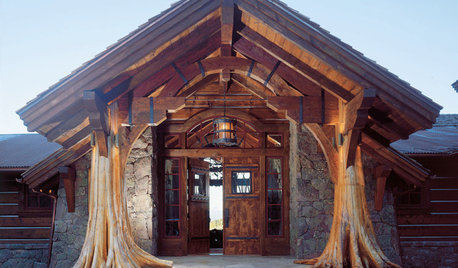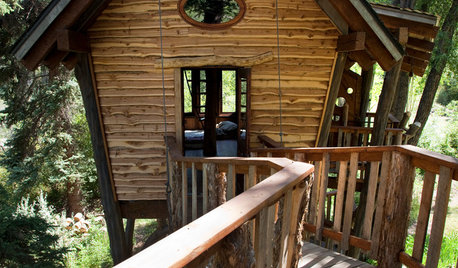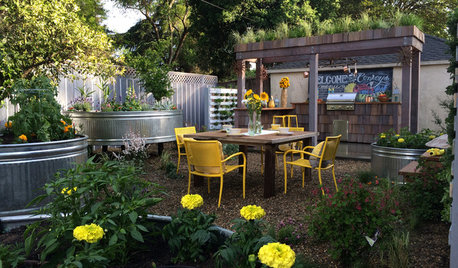Graft line and trunk question
ehits
10 years ago
Related Stories

PRODUCT PICKSGuest Picks: Steamer Trunks That Go the Distance
Timeworn, antique inspired or looking brand new, these steamer trunks are durable and versatile for storage and as eclectic tables
Full Story
ORGANIZING4 Questions to Help You Organize Your Favorite Photos
Organize your keeper photos with a system that's just right for you, whether it's in the cloud or you can hold it in your hand
Full Story
EXTERIORSWhere Front Yards Collide: Property Lines in Pictures
Some could be twins; others channel the Odd Couple. You may never look at property boundaries the same way again
Full Story
THE ART OF ARCHITECTUREOutside In: You, Me and Nature, Cozy Together
From reclaimed tree trunks to soaring coastal views, designers and homeowners are finding ways to bring the inspiring outdoors inside
Full Story
DECLUTTERINGClutter vs. Keepers: A Guide to New Year's Purging
Simple questions to get in touch with your clutter comfort level — and figure out what needs to go
Full Story
MOST POPULARHow High Should You Mount Your TV?
Today we look at an important question to consider when locating your television: How high should you set it?
Full Story
TREE HOUSESTour a Fantastical Tree House for Kids and Adults Too
For an architect and a master woodworker, a magical tree house answers the question, ‘What would you do if you could do anything?’
Full Story
FARM YOUR YARDRemake Your Backyard Into a Mini Farm
You can get a taste of country life by line-drying your laundry, growing some produce or going whole hog with the critters
Full Story
REMODELING GUIDESArchitectural Images: Truth or Fiction?
Technology draws an ever-fainter line between photo and rendering. Can you tell the difference in these 17 images?
Full Story
EDIBLE GARDENSHow to Grow 10 Favorite Fruit Trees at Home
Plant a mini orchard in fall, winter or early spring to enjoy fresh-off-the-tree fruit the following year
Full StoryMore Discussions







hoosierquilt USDA 10A Sunset 23 Vista CA
RugbyHukr
Related Professionals
Danbury Landscape Architects & Landscape Designers · Winder Landscape Architects & Landscape Designers · Newcastle Landscape Architects & Landscape Designers · Roxbury Crossing Landscape Architects & Landscape Designers · East Patchogue Landscape Architects & Landscape Designers · Amesbury Landscape Contractors · Fort Atkinson Landscape Contractors · Homewood Landscape Contractors · Mequon Landscape Contractors · Middleton Landscape Contractors · North Lauderdale Landscape Contractors · Sammamish Landscape Contractors · Shirley Landscape Contractors · White Bear Lake Landscape Contractors · Shafter Landscape ContractorsehitsOriginal Author
johnmerr
citrange2
ehitsOriginal Author
uncle molewacker z9b Danville CA (E.SF Bay)
johnmerr
uncle molewacker z9b Danville CA (E.SF Bay)
ehitsOriginal Author
hoosierquilt USDA 10A Sunset 23 Vista CA
ehitsOriginal Author
ehitsOriginal Author
johnmerr
hoosierquilt USDA 10A Sunset 23 Vista CA